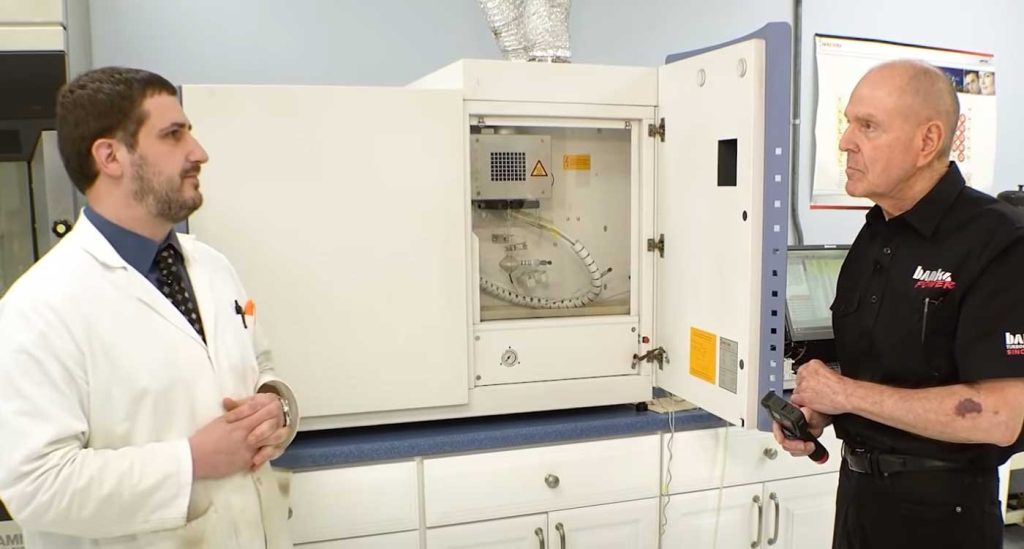How labs test motor oil | Speed School Ep 3
How does motor oil get its winter viscosity rating like 5W, 10W, etc? Are foam and aeration tested? How does it hold up to severe oxidation and what corrosion protection does it offer? What effect do oil additives have on the metals they claim to protect? These are just a few of the questions answered as Gale Banks continues his lubrication education in Speed School, Episode 3. There was so much to learn that his lubrication education was edited into 4 parts.
00:00 Intro
01:30 Cold-cranking simulator
02:40 Viscosity baths
04:15 Measuring elements
06:30 Measuring water
08:30 Measuring particles
09:52 Volatility testing
10:50 Measuring oil’s resistance to wear
13:40 Measuring foam
16:25 Oxidation testing
18:25 Corrosion resistance
22:00 Cold pour testing
The cold-cranking simulator helps get the winter ratings by measuring the resistance to rotation to calculate the viscosity. This is after being in the chiller bath to -35 degrees. The particle counter is imperative to make sure the motor oil has no particles. Having particles in the oil can lead to gear failure.

Wow! That was a lot to learn about motor oil testing. The Banks Speed School series offers lots to learn every week, so tune in.


